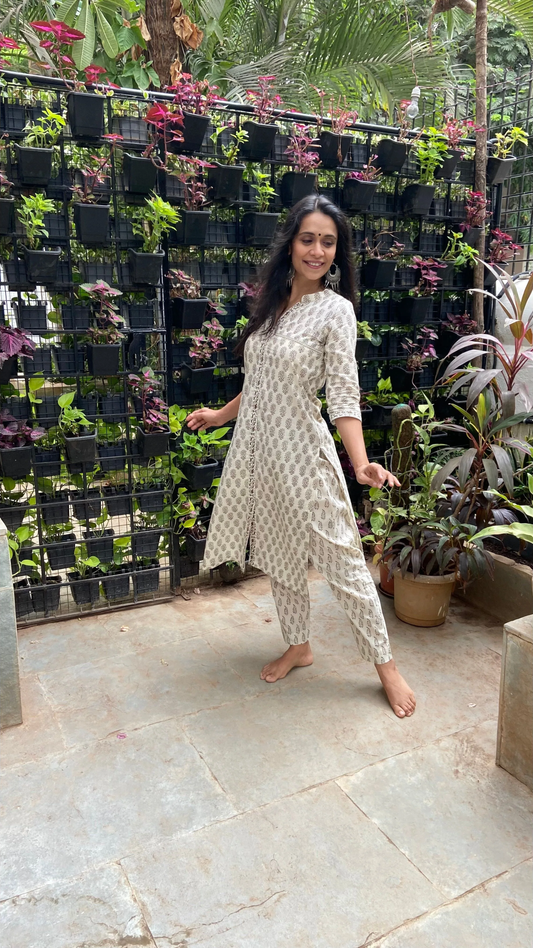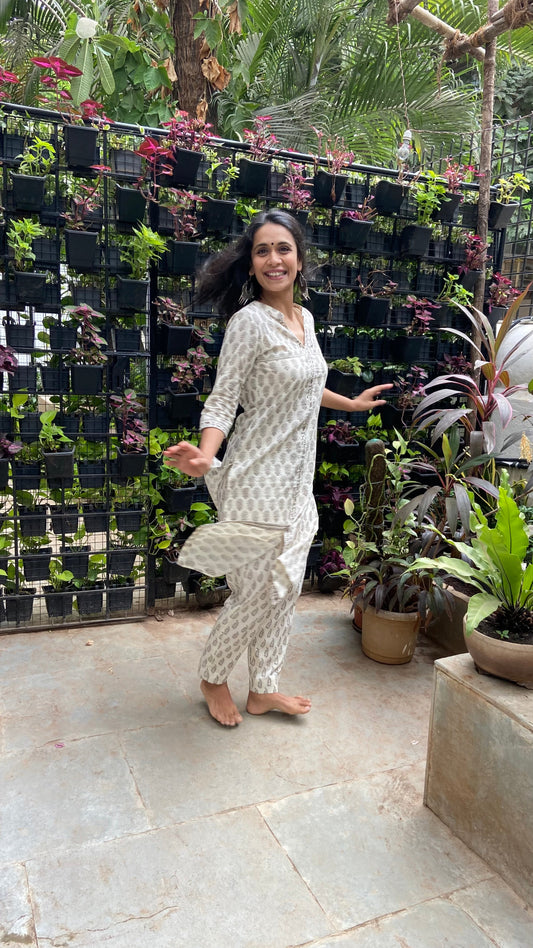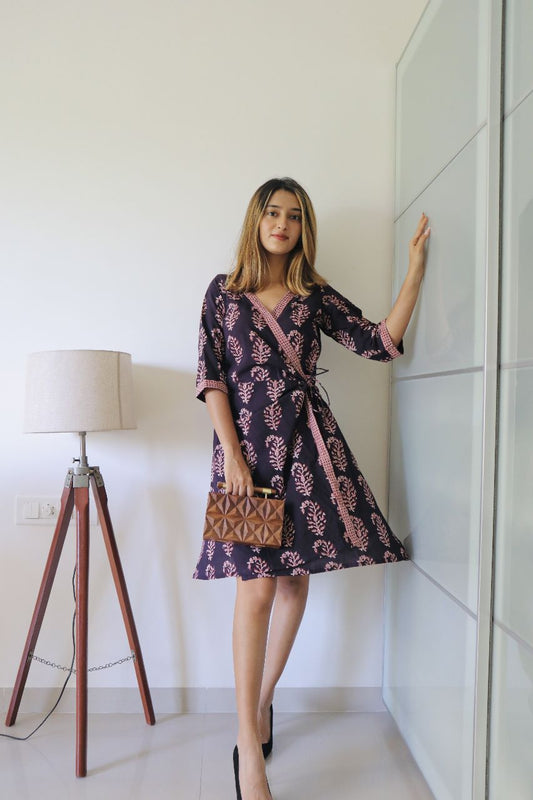The Timeless Elegance of Chikankari on Cotton: A Guide to this Traditional Embroidery Technique

Chikankari is a traditional embroidery technique that originated in the northern Indian state of Uttar Pradesh and has been practiced for centuries. The name "Chikankari" comes from the Hindi word "chikan," which means "embroidery." It is a type of needlework that is done using a variety of stitching techniques, including chain stitch, buttonhole stitch, satin stitch, and more.

Cotton is one of the most popular fabrics for Chikankari because of its soft, lightweight, and breathable nature. It is also easy to dye, making it a great choice for brightly colored Chikankari designs. The embroidery is usually done on white or light-colored cotton fabric, which provides a contrast that makes the designs stand out.
Chikankari on cotton is typically used to create intricate designs and patterns that can range from simple florals to more complex geometric designs. The embroidery is usually done in threads of different colors, which are carefully chosen to complement the color of the fabric. Chikankari is typically done on a variety of clothing items, including saris, salwar kameez, and Kurtis. It is also used to decorate home textiles, such as cushion covers, tablecloths, and bedspreads.

Overall, Chikankari on cotton is a beautiful and timeless form of needlework that is both practical and aesthetically pleasing. It is a great choice for those who appreciate the traditional arts and want to incorporate them into their daily lives.








